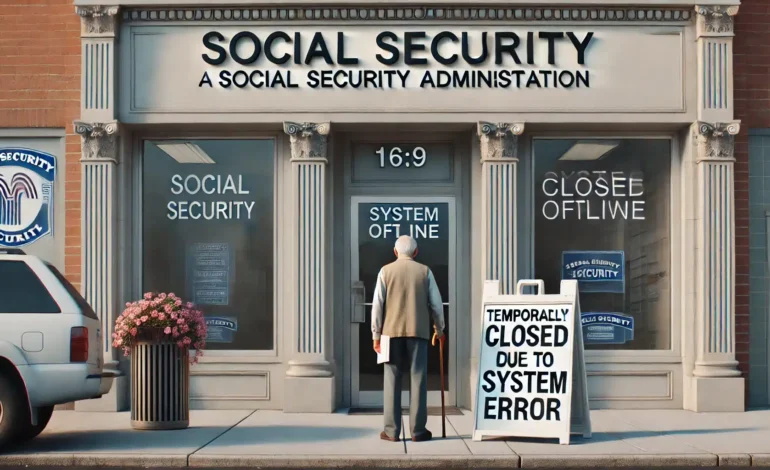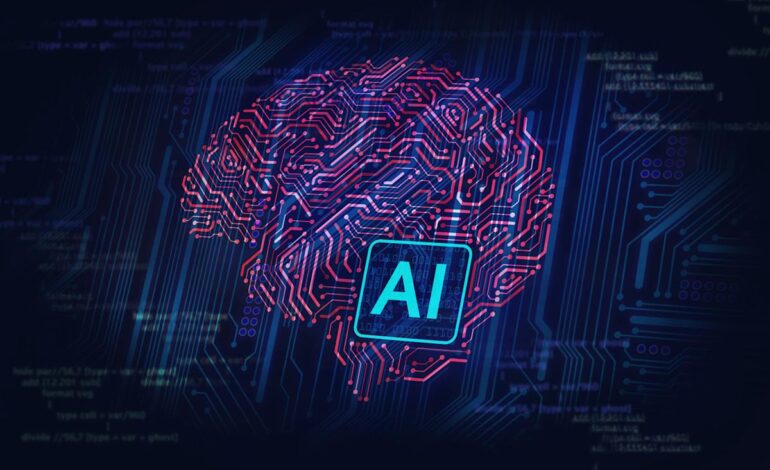
Exploring AI Innovations in Social Security’s Phone System
In a groundbreaking move, the Social Security Administration is set to integrate artificial intelligence into its phone systems. This initiative aims to enhance efficiency and improve service delivery, ensuring that beneficiaries receive timely support. Discover how AI is revolutionizing the way Social Security interacts with the public.
The Role of AI in Social Security Contact Centers
Artificial Intelligence is revolutionizing customer service by streamlining processes and minimizing human error. The integration of AI into Social Security’s phone systems will allow for quicker response times and more accurate information delivery. Utilizing AI-powered systems can handle routine inquiries, freeing up human agents to tackle more complex issues, thereby enhancing overall productivity and customer satisfaction.
How AI Improves User Experience
AI systems can analyze data to anticipate common user queries, offering solutions before they are fully articulated. This proactive approach significantly enhances user experience by reducing wait times and providing precise answers. Additionally, AI’s ability to learn from interactions allows it to continuously improve service quality, adapting to the evolving needs of Social Security beneficiaries.
Challenges and Opportunities with AI Implementation
While AI integration offers numerous benefits, it also presents challenges such as privacy concerns and the need for comprehensive data security measures. Ensuring that the technology is user-friendly and accessible to all demographics is crucial. However, the opportunities to innovate and provide more efficient services are immense, paving the way for a more responsive Social Security system.
Conclusion
The introduction of AI into Social Security’s phone systems marks a significant advancement in service delivery. By addressing challenges and optimizing opportunities, this initiative aims to enhance efficiency and improve the beneficiary experience, setting a new standard in public service technology.





